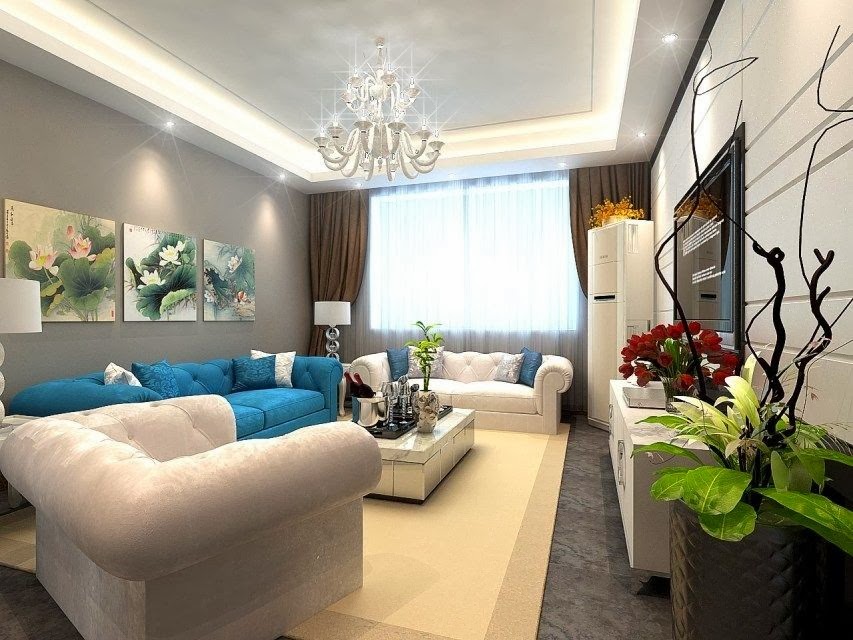In the past, a central pendant light was often the only source of
lighting within a room, but it is now widely acknowledged that the
quality of light from a single source is insufficient and results in an
all-over general light that is flat and uninteresting. In addition,
light from a single central source can also be glaring, leaving
everything not reached in darkness. This means that too much work is
done by one light source alone.
Modern pendants are rarely the only light source in a room and come
in a number of guises in metal, wood, plastic, paper or fabric. Much
like a chandelier, a pendant light not only contributes to the build-up
lighting effects within a room, but also plays an important part in
creating interior mood – it is part of the decoration to reinforce the
appearance of the room. Often, while the same lighting effects can be
applied to any style of interior, it is the choice of decorative light
that sets the mood and tone. For example, by whatever means the general
light is produced in a room, the additional of a modern pendant light
will create a completely different feel to that of the same interior
with a traditional
crystal chandelier.
A pendant light creates a statement, so it often gives the impression
that it is doing all the work – yes it is the architectural or concealed
solutions that are producing the general light.
While
a pendant light
can literally be the decorative centerpiece in a room, it is not
limited to being used in this way nowadays. It can be dramatically
suspended in a corner or dropped low over a table or kitchen island to
provide
task lighting. Pendants can also replace conventional bedside lamps or
wall lights, with the light source suspended low down, at the level of a table lamp, thereby freeing up space on the bedside table.
The key of any decorative lighting is to know at the planning stage
what the light source is. If it is a bare light source, it needs to be
dimmable so as not to create glare and distract from the fitting itself
(remember, the eye is always drawn to the brightness point). A light
source with a soft shade, however, needs to be dimmed less. Many
interesting pendants have been created by the play of light diffusing
through different materials. If the shade is dark, light is directed
almost entirely up and down; if the shade is diffused, like a parchment
shade, it may show the pattern of the fabric or provide a soft outward
light. If more than one type of decorative light is used in the same
space, particularly one has a bare light source and the other does not,
then they should be wired on separate circuits and controlled
separately. The light produced by a glass chandelier or lantern that
needs to be dimmed will be very different compared with a shaded pendant
that gives off a glow of light similar to a table lamp.

Wonderful pendant lighting design from Seattle’s Graypants
Three hanging pendant lights pick up the color of the countertops in a kitchen.
Contemporary Scandinavian Pendant Lights by Secto Design
Innovative circular pendant light by vibia







